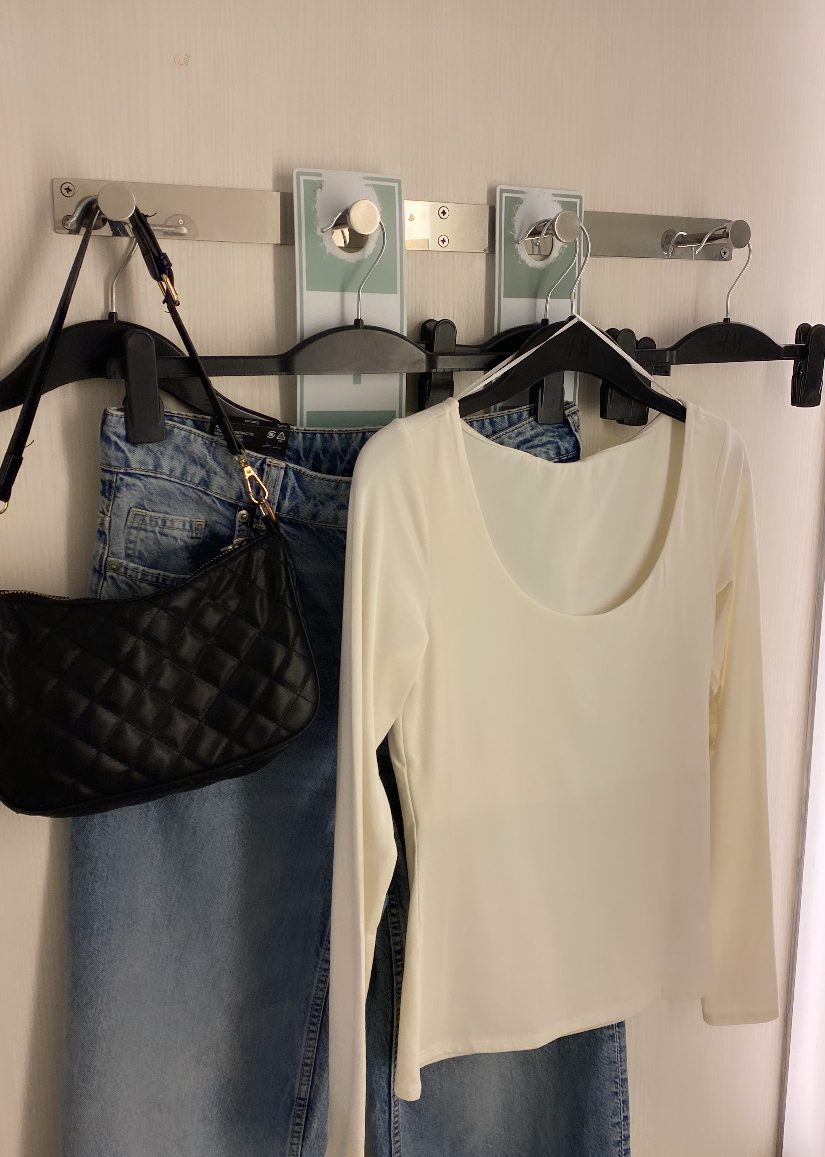Insights
Featured article

The Goat Agency is Named Badged TikTok Marketing Partner
December 3, 2025
The Goat Agency is excited to announce that it has been recognised as a badged TikTok Marketing Partner.

10 Christmas Influencer Campaigns to Inspire Your 2025 Activations
December 3, 2025
The holiday season is the busiest time of the year where brands face a lot of challenges. Find out how brands launched Christmas influencer campaigns last year.

How to Build a Winning Black Friday Marketing Strategy with Influencers in 7 Steps
December 2, 2025
Boost sales with a powerful Black Friday marketing strategy. Learn how influencers can drive conversions, build hype, and deliver results for your brand.

How Can Brands Discover the Most Effective Influencers for Their Campaigns?
November 20, 2025
Goat is a global influencer marketing agencies. Discover how our award-winning Campaigns & Data team discover the most effective influencers for client campaigns.

Overherd on Social: Creators, World-building, and the Challenge of Fragmented Audiences
November 19, 2025
In this episode of Overherd on Social, we sit down with James Caig - Strategy Partner for WPP Media and Hannah Ryan, Global VP of Campaign Delivery at Goat, to unpack the biggest challenges advertisers face today, from fragmented audiences to the shift in consumption habits.

From Campus to Culture: The NIL Playbook LIVE
November 18, 2025
Featuring Student Athlete & Creator Karlyn Pickens, discover how brands can win Gen Z through athlete-creators, campus culture & smart storytelling in our exclusive webinar, From Campus to Culture: The NIL PlayBook LIVE.

10 Takeouts from “Desperately Seeking Substance”
November 11, 2025
On a not-so-rainy day in New York City, over 70 marketers gathered for The Goat Agency’s Raised on Social LIVE event, "Desperately Seeking Substance: How to bring storytelling and meaning to your brand’s creator marketing strategy”. Here are our key takeouts from the day.

The Top 10 Trending Male Fashion Influencers in 2025
November 9, 2025
Discover the top male fashion influencers dominating social media in 2025. The Goat Agency reveals the creators driving style trends across the market.

Goat’s Global President Appointed To IMTB Board
November 5, 2025
Our Global President, Alex Burgess, has been appointed to the board of the Influencer Marketing Trade Body. As founding members, Goat is working with the IMTB to drive innovation, education and professionalisation within the industry.

Overherd on Social: The IPA’s Verdict, Influencers Drive Outstanding Long-Term Value
October 29, 2025
In this episode of Overherd on Social, we sit down with Managing Director, Audience Intelligence & Marketing Science Dominic Charles to dive into the IPA’s Influencer Effectiveness Research and why brand alignments between brands and influencers are becoming central to modern marketing strategy.

Bumble Influencer Marketing Strategy: How Bumble Has Leveraged Influencers Amidst Dating App Fatigue
October 27, 2025
Discover how Bumble’s influencer marketing strategy combats dating app fatigue. From expert voices to creative partnerships, in this blog we break down the bumble influencer marketing strategy and what brands can learn.

The Retail Renaissance: How Fashion Brands in 2025 are Making a Comeback
October 24, 2025
Discover the biggest fashion brand revivals of 2025 and how influencer marketing is driving comebacks for Topshop, Gap, Abercrombie, Burberry, Victoria’s Secret, and more.

Gen Z Social Commerce: New Trends Shaping the Digital Marketplace in 2025
October 13, 2025
New data reveals millennials have surpassed Gen Z in social commerce spending and engagement. Discover how to capture this powerful consumer segment.









